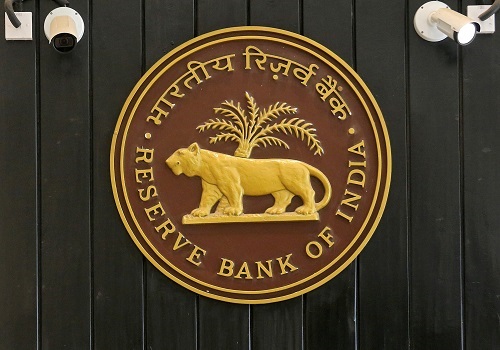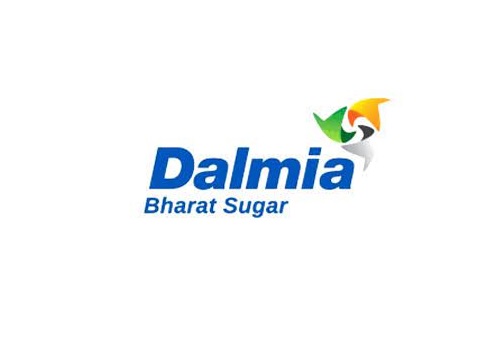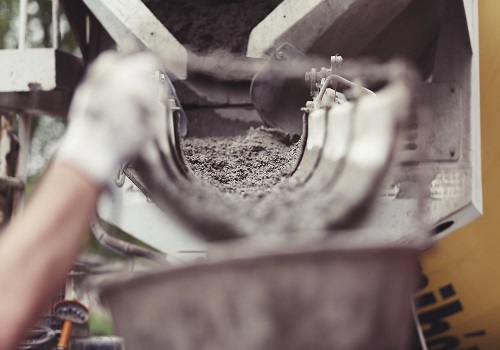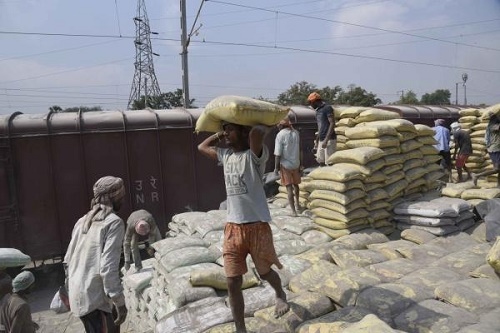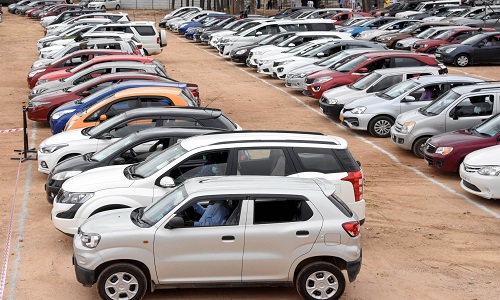Cement volume growth likely to hit decadal high
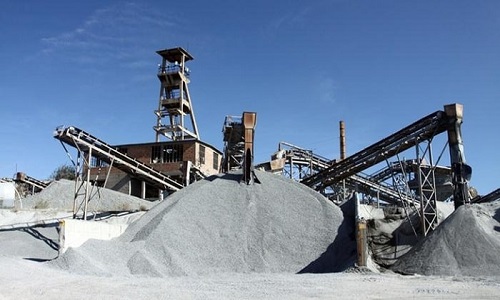
Follow us Now on Telegram ! Get daily 10 - 12 important updates on Business, Finance and Investment. Join our Telegram Channel
Cement makers' volume growth is set to hit a decadal high of 13 per cent next fiscal, Crisil Ratings said on Thursday.
Accordingly, the growth trend will be backed by expected revival in demand from the infrastructure and urban housing sectors, and a generous low-base effect.
The agency in an analysis of 15 Crisil-rated cement companies cited that increased volume will counterweigh the impact of rising power and fuel costs on cash accruals, and will also keep the credit outlook of cement makers stable.
"Higher spends on infrastructure development would be in line with the 26 per cent increase in budgetary allocation for infrastructure in the Union Budget 2021-22. That, coupled with pent-up demand in urban housing, will drive volume growth," said Nitesh Jain, Director, Crisil Ratings.
"Demand from hinterland -- the saviour this fiscal -- should sustain on the back of higher rural incomes."
According to Crisil, while volume growth will rebound, higher cost of sales would weigh on cement profitability next fiscal.
Besides, the report pointed out that rising prices of diesel, petcoke or coal, and polypropylene bags may push up cost by Rs 150-200 per tonne.
At present, freight, power and fuel constitute almost 55 per cent of the total cost of sales of cement.
Furthermore, the report said that increasing share of infrastructure and urban housing means a higher proportion of sales will be from the cost conscious non-trade channels.
Consequently, this will translate to marginally lower net realisation for cement companies.
"Operating profits could moderate by Rs 200-250 per tonne next fiscal due to higher cost and lower net realisation, after touching a 7-year high of over Rs 1,200 per tonne this fiscal. However, cash accruals won't be affected as higher volumes will offset the impact of lower profit margins," said Isha Chaudhary, Director, Crisil Research.
"Higher cash accruals will keep the net debt to Ebitda ratio salutary at 1.4-1.5 times next fiscal, despite an increase in capital expenditure (capex)."
Additionally, the report said that Capex slowed this fiscal as companies chose to conserve cash amid demand disruption.
"Besides, ample liquidity and strong balance sheets have cushioned the impact of the pandemic on the credit profiles of cement companies," the report said.
"The swift recovery after a 31 per cent contraction in the first quarter this fiscal should limit the volume decline to just 1-2 per cent for the full fiscal. Incremental rural demand has offset the slump in urban housing and infrastructure. The demand rebound should spur expansion plans and the capex run rate could return to the Rs 12,000-14,000 crore annual run rate from next fiscal."
In addition, it said that timely release of funds for key housing and infrastructure projects as announced in the Budget for the next fiscal will be crucial for the anticipated demand growth.












 320-x-100_uti_gold.jpg" alt="Advertisement">
320-x-100_uti_gold.jpg" alt="Advertisement">



